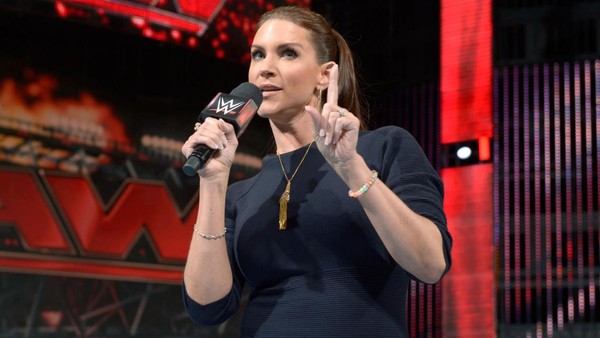The REAL Problem With Women’s Wrestling In WWE

There is a means of telling awesome in-ring stories centred around women. All Japan Women’s Pro Wrestling “used its voice” to much critical acclaim and commercial success throughout its early ’90s pomp.
On 15 August 1992, Manami Toyota fought Toshiyo Yamada in a Hair vs. Hair match. The match itself was an ultra-heated, absorbing war of maximum drama. The finishing sequence in particular was mesmerising; both women, desperate not to suffer the indignity of the stipulation, struggled to counter one another’s signature offence, partly innovating the last-gasp, anxiety-driven reversal sequence commonplace in pro wrestling today. Toyota saved her long black locks with the match-winning Japanese Ocean Cyclone Suplex, a move requiring so much flexibility on the part of both women that men could not pull it off.
Toyota, however, was distraught in the aftermath. Taken to her physical and emotional limit in a 20 minute epic, she felt a deep empathy at the sight of her fallen opponent’s humiliation. Yamada had shown so much fierce feminine energy that Toyota could not bear the sight of it being symbolically ripped away from her. Toyota cut strands of her own hair off in a tearful display of camaraderie.
If such a stipulation match were to take place in WWE, a male Creative Writer would inevitably have Carmella Photoshop Asuka’s bald head on the TitanTron before the pay-per-view, with both Writer and performer alike laughing in her face. And, since Asuka is astonishingly talented but ageing and Japanese, she would lose every colour of her rainbow aesthetic.
This was a sensational storytelling masterclass. It was women’s fiction so great that it resonated beyond gender. It wasn’t Sasha Banks and Bayley undergoing counselling, where their make peers only did so under the guise of broad comedy. It wasn’t Alexa Bliss, reckoned with her body shaming bullsh*t, holding aloft once more the symbol of her awfulness a few months later. It wasn’t the Riott Squad “terrorising” the backstage area because that’s what “bad” girls do.
Since everything centres around Stephanie McMahon, let’s circle back to the Billion Dollar Princess. It was Stephanie who, for the first time ever, sought to hire failed Hollywood hacks to script WWE television upon heading up Creative at the turn of the millennium. This is the new normal in sports entertainment, and the mostly young men who man the room demonstrably have no clue how to write for women. So, in a way, yes, Stephanie McMahon is the real problem.
Does she care, or doesn’t she?
She has a voice. It’s time for her to use it, not screech it.